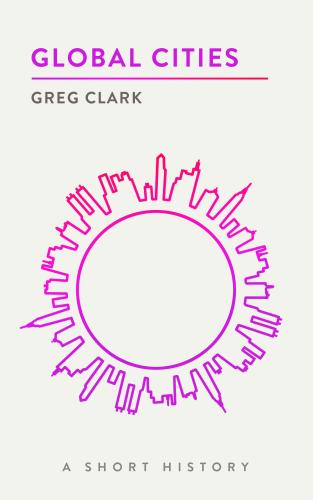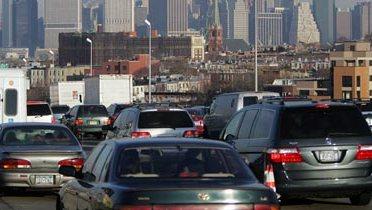I spend most of my time these days trying to understand what holds back economic growth in the developing countries where I work. This is a field of research sometimes called growth diagnostics, of which Dani Rodrik has been a leading thinker. In his latest book, Economics Rules, Dani illustrates that economists’ conclusions are greatly influenced by which economic model they select for their analysis. Given the well-documented association between urbanization and economic growth, it is notable that the role of cities has received little attention in growth diagnostics thus far. I believe this has to do with the models we use to think about growth.
In my experience doing growth diagnostics, most practitioners start from the premise that there are various ingredients required for economic growth (infrastructure, rule of law, human capital, market coordination, etc.). Then, the diagnostic process aims to identify the availability of these ingredients in a particular country, and which of them create the biggest brake on growth within the country. As Dani describes, examining a variety of ingredients requires practitioners to be comfortable with a wide collection of models, from Dutch disease to credit rationing. Exactly which ingredients make the list for consideration in a diagnostic is determined by how we think growth happens, and how we think growth happens has been shaped by the predominant models of economic growth (Dani calls them “grand theories” in his book).
The grand theories in economic textbooks have helped clarify important aspects of growth like accumulating factors of production, the creation and dissemination of ideas, the role of institutions, and structural transformation. But the models we use to understand these theories do not address the critical role cities play in each. Consider:
- It’s great to accumulate the factors of production, but if these factors cannot come together in time and space, production cannot happen. You can’t have water in one part of the country, electricity in other places, with labor in a third, and on average be ok. Cities are where the factors of production come together.
- New ideas need human interaction to spread. Cities provide for this interaction.
- Work by Acemoglu and Robinson, for example, makes a strong case for the importance of institutions. But their focus is almost entirely on nation-states, even though many aspects of institutions express their most interesting variations at the level of the city.
- Growth can be driven in developing countries by reallocating labor from lower productivity activities (often agriculture) to higher productivity activities in services and manufacturing. But to facilitate structural transformation, cities must be prepared to absorb migration from rural areas.
Unfortunately, despite the importance of cities, predominant growth models have not clearly staked a place for cities and urban agglomeration in our thinking about the growth process. As a result, major tools for examining national growth constraints are all but silent on issues of urban agglomerations; examples include the World Economic Forum’s Global Competitiveness Index, the growth diagnostic decision tree, World Bank Doing Business Indicators, World Bank Enterprise Surveys, and so on. So I have come to believe that cities and the services they provide represent a fruitful new aspect of growth diagnostics.
To clarify how to proceed, the fields of economic growth and urban economics need to continue bridging their divide. And so I am excited to be learning from my new colleagues at the Brookings Metropolitan Policy Program as they explore the frontier of cities and economic growth. Their recent work “Redefining Global Cities” is a great example of this. The report develops a typology of the different ways that cities interact with the global economy. Because cities relate to the global economy in more than one way, cities generate growth in more than one way. Only by understanding how a city is likely to generate growth can we start to think about diagnosing constraints to that growth. In my upcoming posts, I’ll discuss a model of growth that includes a role for cities (as well as a few other aspects of growth that I find underappreciated) with the aim further bring together cities and growth diagnostics.






Commentary
Why growth economics needs to understand cities
November 28, 2016